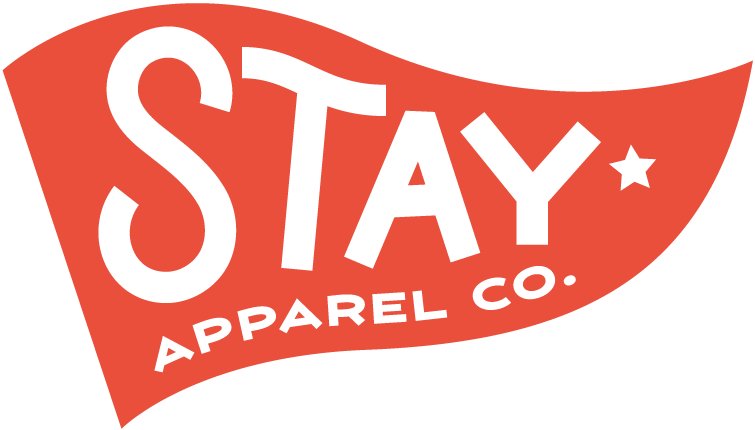Forever in U.S.-made blue jeans
Less than 3 percent of apparel purchased in the United States is made here, but it’s still possible to buy high-quality America-made blue jeans
Fresh out of the University of Missouri, I worked as a reporter for the Sedalia (Mo.) Democrat, covering education and business in 1990-91.
The community was bustling enough and our staff small enough that it was a baptism by fire into daily journalism. It often left me frenetically reporting stories by phone from my desk.
I regret not having had enough time, or initiative, to get out and about more during my 18 months in the home of the Missouri State Fair. Among the things I wish I had seen in person was the making of an American icon at J.A. Lamy Manufacturing Co.
I knew of Lamy, which was about a half-mile from the Democrat. It was impossible to miss Lamy’s name painted in giant white letters against a black background on its three-story red brick building downtown.
From 1948 until its closing in 1998, Lamy exclusively produced apparel for Levi Strauss & Co., mostly red tag zip-fly blue jeans. Levi Strauss, the man behind the brand, co-invented blue jeans in 1873.
Lamy Manufacturing’s Sedalia, Mo., blue jeans factory in the 1950s. (Photo: John Swearingen)
While Levi Strauss & Co. still offers a limited selection of American-made jeans, it and most other major jean retailers in the United States outsource production today. Less than 3 percent of apparel purchased in the United States is made here.
Laments aside, it’s still possible to buy high-quality America-made blue jeans in the United States, albeit usually at a higher cost than imported options.
On the low-cost end you’ll find the likes of Round House, the Shawnee, Okla., company that lays claim to having made the world’s largest overalls and being the oldest and largest American jeans maker. A pair of Round House cotton jeans starts at $60.
Most American-made jeans top $100, sometimes $300 or more. On the lower end of that range are brands such as Origin USA, American Giant and Gustin; the higher end is where you’ll find the likes of Todd Shelton, Imogene + Willie, Raleigh Denim Workshop.
We’ve listed these and other jeans makers under the “Clothing” section of our Made in USA Shopping Directory.
Selvage denim
Levi’s original jeans were made from selvage denim, which describes fabric made on a shuttle loom with a continuous yarn. Selvage (also sometimes spelled selvedge) takes its name from the tightly woven “self edge” that doesn’t need additional sewing to prevent fraying.
Here’s a deeper dive into selvage, a premium fabric in terms of quality and production cost.
Cone Denim’s famed White Oak mill in Greensboro, N.C., was a key supplier to Levi Strauss. It was the last industrial-scale selvage denim mill in the United States when it closed in 2017 after 117 years in operation.
I was fortunate enough to snag a denim jacket and jeans made out of White Oak selvage from Brave Star Selvage in Culver City, Calif. I’m not sure how Brave Star accumulated so much White Oak selvage, but as of March 2025 Brave Star still offered a few jeans made from the fabric.
The demise of domestic selvage manufacturing is largely self-inflicted, dating to the 1960s as American manufacturers opted for faster, wider looms.
Some of the shuttle looms ended up in Japan, which today is the biggest source of selvage.
Hopes of resurrecting selvage production in the United States took a serious hit with the shuttering of Vidalia Mills in Vidalia, La., which opened in 2017 but is scheduled to be sold at public auction in April 2025.
Other American jeans makers have closed in the past couple of years, including Texas Jeans, Detroit Denim and L.C. King (a recorded message on King’s phone suggests that the company is coming back in the fall).
Dearborn Denim
If I were a wagering kind of person, I’d put my money on Dearborn Denim & Apparel in Chicago to bring American-made jeans to a mass market.
Rob McMillan started Dearborn Denim in 2016. He worked in finance for eight years but was looking for more purposeful work, namely creating jobs in his city, according to a 2023 interview he did with the podcast Crafted.
Dearborn designs, cuts, sews, washes and ships its jeans direct to consumers, selling through its website and single store. To date, it produces a small fraction of the 350 million pairs of jeans sold every year in the United States.
McMillan describes Dearborn jeans as a premium product sold at an affordable price. Dearborn sources its stretch denim from Cone Mills in Mexico and all-cotton denim from Mt. Vernon Mills in South Carolina.
I’ve worn — and worn through — a dozen or more pairs of Dearborn jeans, specifically the triple-blend stretch tailored fit, which were $65 in 2020 and $75 now.
“The aggressive price points are to access as large a customer base as possible and to provide a great value,” McMillan said. “I don’t think we’re the cheapest jeans on the Internet. I do think we’re probably the best value.”
McMillan talked about increasing speed and efficiency: It took the company nine hours to sew its first pair. As of 2023 it was down to 25 minutes. The goal is 15 minutes if McMillan is to achieve his dream of turning Dearborn into a “large apparel company.”
I’ve only bought from Dearborn online. One of these days, I’d like to get back to Chicago and shop in Dearborn’s store.
What’s more, I’d really like to visit the Dearborn factory and see first-hand jeans being made in the USA.


